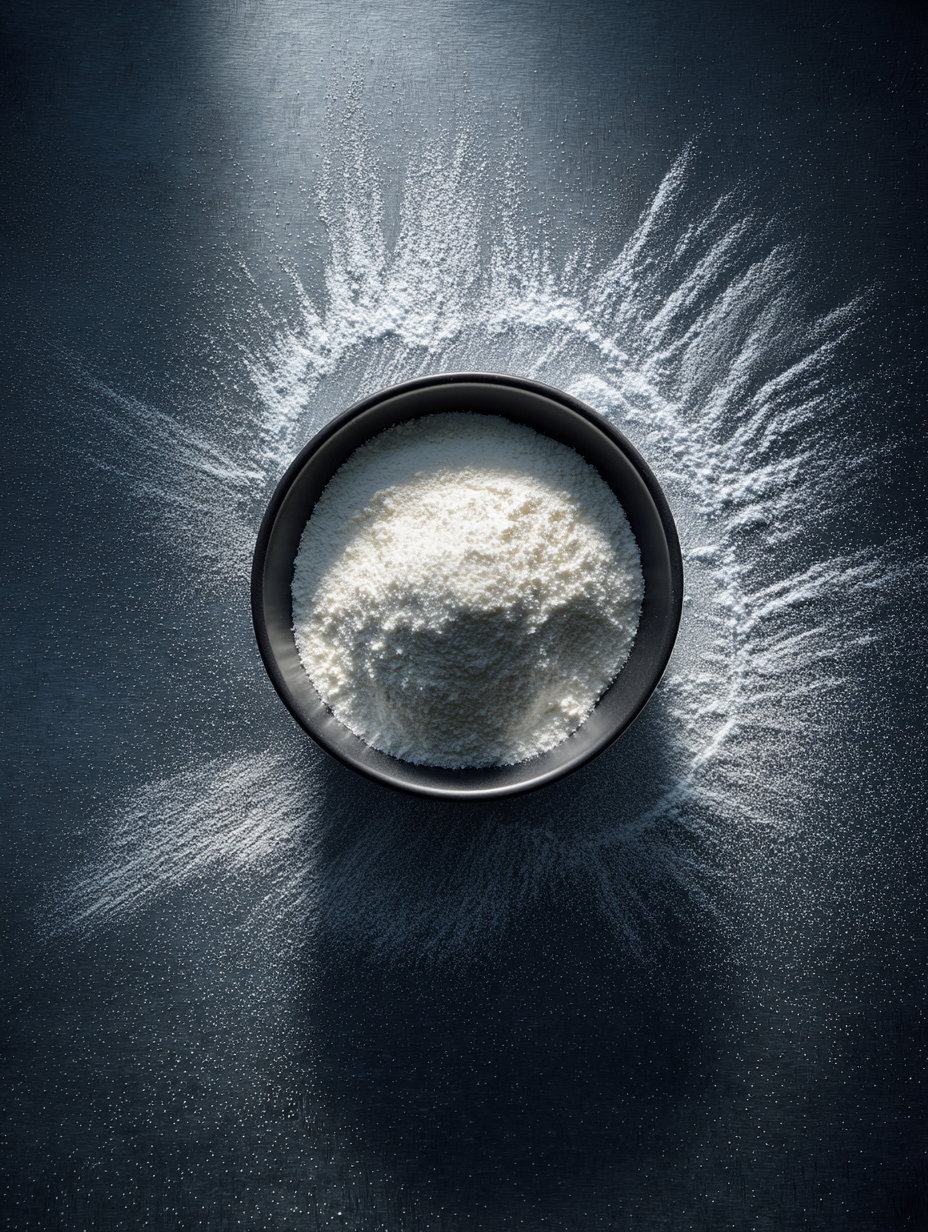If you’ve spent any time around the gym or scrolling through fitness content, you’ve probably heard about creatine. It’s one of the most researched and proven supplements in the world but it’s also one of the most misunderstood. Let’s break down what creatine really does, how it works, and why it deserves a spot in your stack.
What Is Creatine?
Creatine is a naturally occurring compound found in small amounts in foods like red meat and fish. Your body also produces it from amino acids, primarily in the liver and kidneys before storing it in your muscles as phosphocreatine.
This stored form acts as a rapid energy source, helping regenerate ATP (adenosine triphosphate), the body’s main energy currency. In short: creatine helps your muscles fire harder, longer, and recover faster.
How Creatine Works in the Body
When you lift weights, sprint, or do any explosive movement, your muscles use ATP for energy. The problem? ATP stores deplete quickly, often within seconds.
That’s where creatine steps in. By increasing phosphocreatine stores, creatine helps your body regenerate ATP faster. The result is more total work capacity, better performance, and improved recovery over time.
Proven Benefits of Creatine
Creatine isn’t hype, it’s backed by decades of data. Here’s what research consistently shows:
-
Increased Strength & Power – Regular creatine supplementation can improve strength and high-intensity performance by 5–15%.
-
Faster Muscle Growth – It enhances training volume and promotes muscle protein synthesis, leading to noticeable gains.
-
Improved Recovery – Creatine helps reduce muscle damage and inflammation, shortening recovery windows between sessions.
-
Enhanced Cognitive Function – Emerging research suggests creatine supports brain energy metabolism, improving focus, reaction time, and even resilience under stress.
-
Hydration & Cell Volumization – Creatine draws water into muscle cells, improving hydration and giving muscles a fuller, more “pumped” appearance.
How to Take Creatine
Most research uses creatine monohydrate, the gold standard form for purity, effectiveness, and affordability.
Typical Dosage:
-
Option 1: Loading phase – 20g per day (split into 4 doses) for 5–7 days, followed by 3–5g daily.
-
Option 2: No loading – Simply take 3–5g daily. It takes a bit longer to saturate your muscles, but the end result is the same.
Timing:
Creatine can be taken any time of day, though many prefer to take it post-workout with carbs or protein for better uptake.
Hydration:
Since creatine pulls water into the muscles, staying hydrated is key — aim for an extra 8–16 oz of water per day.
Myths About Creatine
Let’s bust a few common myths:
-
“Creatine is a steroid.” False. It’s an amino acid derivative, not a hormone.
-
“It causes bloating.” Mild water retention inside the muscles is normal — it’s actually a sign it’s working.
-
“You have to cycle it.” There’s no evidence that cycling creatine offers any benefit. Consistent use is best.
-
“It’s only for bodybuilders.” Creatine benefits athletes, lifters, sprinters, and even cognitive performance — not just those chasing size.
Final Thoughts
Creatine is one of the simplest, safest, and most effective supplements you can take to improve performance, recovery, and overall energy. Whether you’re trying to hit a new PR, maintain muscle on a cut, or just keep your brain sharp creatine delivers results.
If you’re not already taking it, now’s the time to add this powerhouse to your routine.
Find out more about Edges Creatine Supplements Here.


Why Supplements Are Important for Health and Wellness
5 Simple Pre-Workout Rituals That Supercharge Performance